
A medical worker takes a swab sample from a resident for nucleic acid test in Shenyang, Northeast China's Heilongjiang province, on March 19, 2022. (Photo/Xinhua)
Quick identification of infections major tool to exert control, epidemiologist says
Authorities urged over the weekend rigorous implementation of disease control measures to rein in the recent wave of locally transmitted COVID-19 cases on the Chinese mainland.
Vice-Premier Sun Chunlan said during a national teleconference on Saturday that the epidemic situation remains complicated and arduous, and she stressed that preventing large-scale flare-ups is a bottom line that must be vigorously maintained.
Sun said regions in the grip of severe outbreaks should make all-out efforts to address any gaps in testing capacity or shortage of quarantine sites. The combination of nucleic acid and antigen tests should be carefully balanced and testing resources well-coordinated across different areas.
She added that testing, diagnosis, verification and reporting procedures will be further upgraded, and backlogs of information on new infections or delayed reporting are strictly forbidden.
On Saturday, 1,656 new confirmed domestic cases as well as 2,177 new asymptomatic cases were reported, according to the National Health Commission, pushing the infection total this month over 30,000 and affecting 28 provincial-level regions.
Lei Zhenglong, deputy director of the health commission's Bureau of Disease Prevention and Control, said during a news briefing on Saturday that the northeastern province of Jilin alone registered more than 10,000 infections and four other provinces had reported over 1,000.
"Several provinces are dealing with multiple clusters distributed in different cities," Lei said.
Experts have said the rampage of the novel coronavirus in neighboring countries and the stealthy transmission of the dominant Omicron strain have contributed to the surges.
Mi Feng, the health commission's spokesman, said on Saturday that 40 percent of global COVID-19 infections in the past week were concentrated in neighbors of China.
Wu Zunyou, chief epidemiologist at the Chinese Center for Disease Control and Prevention, said the key to halting the virus's spread is to quickly identify all infections.
"Timely and comprehensive nucleic acid testing is very important," he said. "Each round of mass screening should be completed within one to three days and be guaranteed to cover all target groups."
Normally, three to four rounds of mass testing are sufficient to detect all cases in communities, but if some cases escape detection, new infections could keep emerging after eight to 10 cycles of screening, Wu said.
So far, more than 95 percent of COVID patients hospitalized on the mainland have had asymptomatic or mild cases, and severe or critical cases account for less than 0.1 percent, said Jiao Yahui, director of the health commission's Bureau of Medical Administration.
The two deaths reported on Friday-the first COVID-19 deaths on the mainland since January 2021-involved elderly people in Jilin who both suffered from serious underlying illnesses. One of them had not been vaccinated, Jiao said.
"Their COVID-19 symptoms were mild, and the direct cause of both deaths was preexisting diseases," she said.
China has stepped up monitoring of patients to promptly detect people at high risk of developing serious COVID cases, Jiao said.
As the country has added two newly developed antiviral drugs to its treatment protocol, Jiao said, the health commission has kept track of the demand for such medicines in each province so as to arrange their distribution accordingly.
Zheng Zhongwei, head of China's COVID-19 vaccine development task force, said the country has made positive progress in creating vaccines tailored to tackle the Omicron strain and multiple mutations, and some of the leading candidates have finished preclinical studies.
Overall, China has 29 vaccines undergoing clinical trials and 16 of them are engaged in phase-three trials overseas.
Seven vaccines have gained conditional approval or emergency use authorization in China, he said.
Zheng added that five domestically developed mRNA and DNA nucleic acid vaccines have entered a clinical experiment phase in development. An inhalable vaccine and a nasal spray vaccine are going through late-stage trials overseas.
As of Friday, China had fully vaccinated nearly 1.24 billion people, and the full vaccination rate among people aged 60 and older exceeds 80 percent, according to the health commission.
Because China's vaccination campaign began with high-risk individuals aged 18 to 59 and then expanded to the elderly, the country's immunization coverage among seniors is low compared with that in some foreign countries, Zheng said.
He added that it is imperative for this highly vulnerable group to be inoculated so as to avoid becoming critically ill.








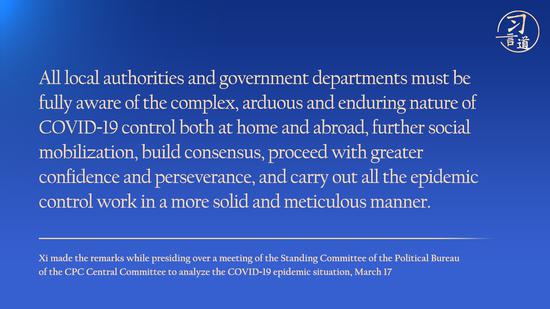

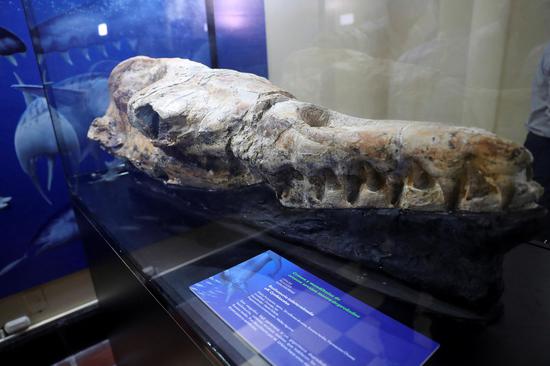

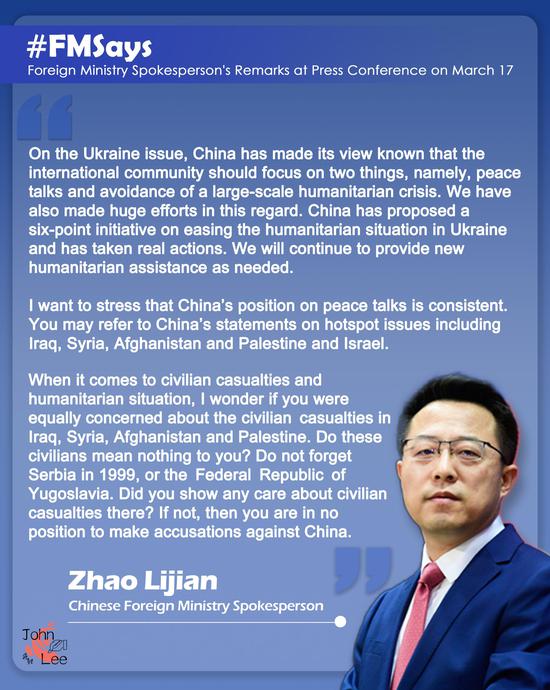


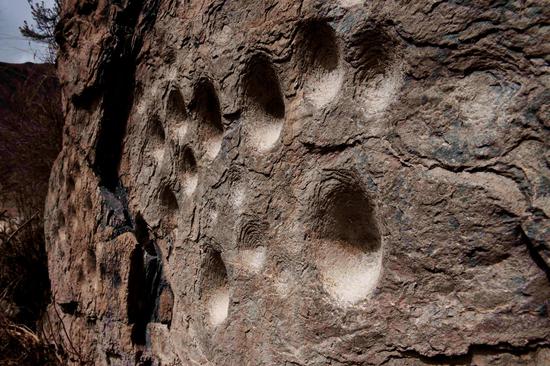

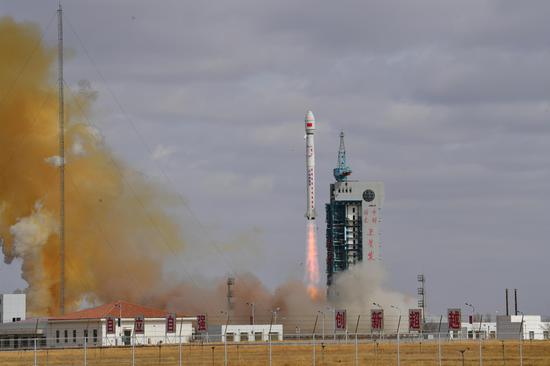
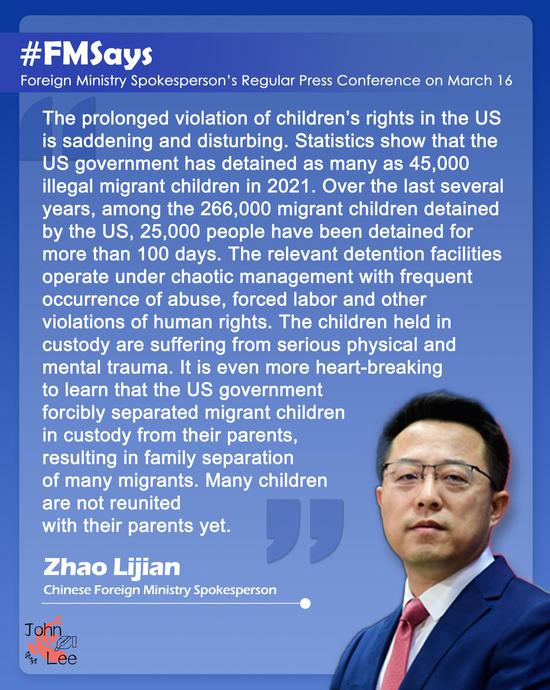


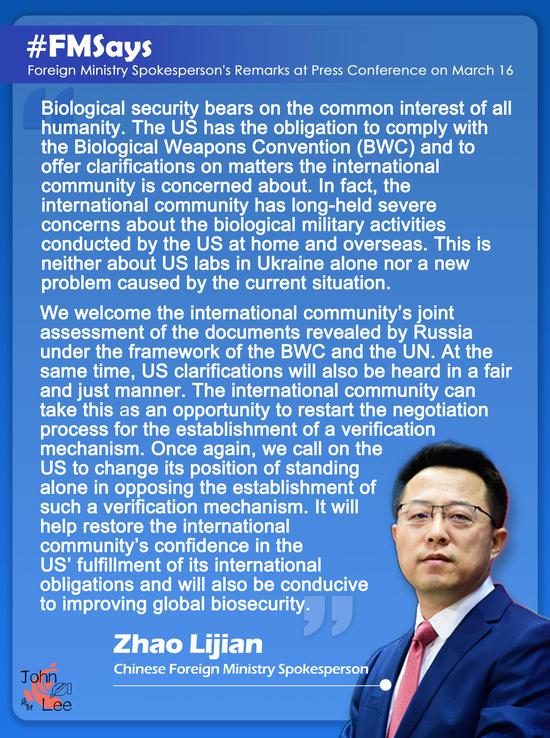





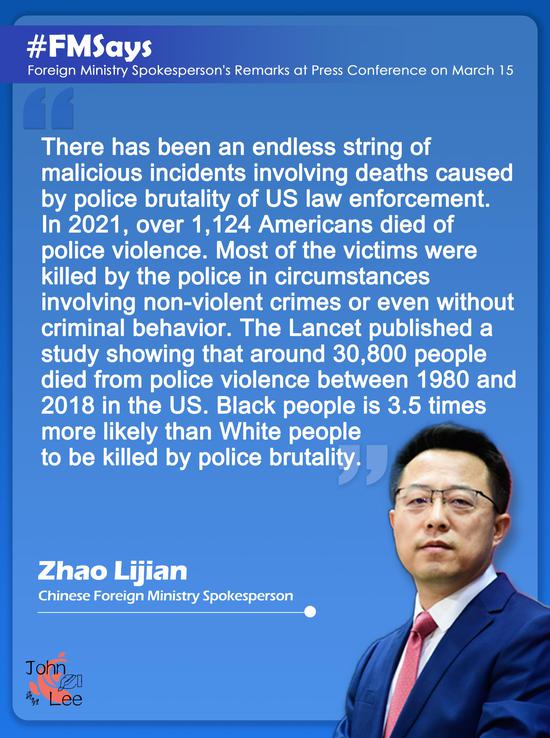



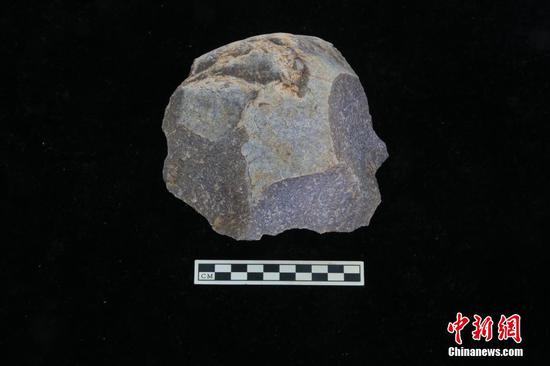



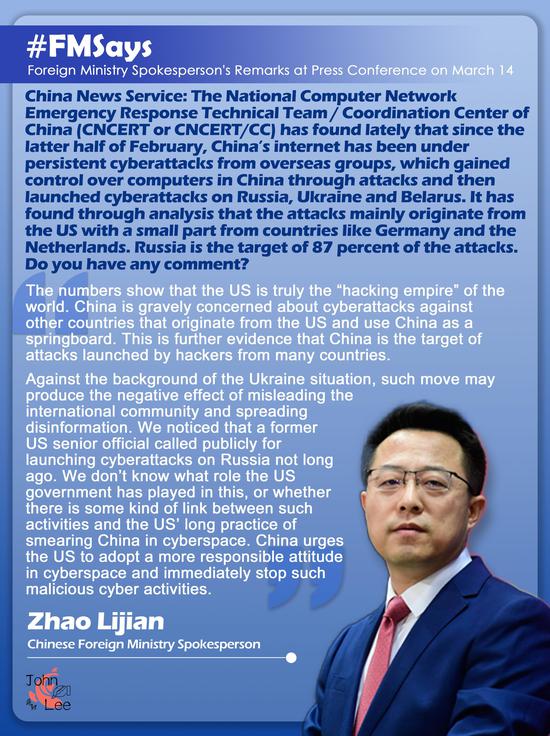


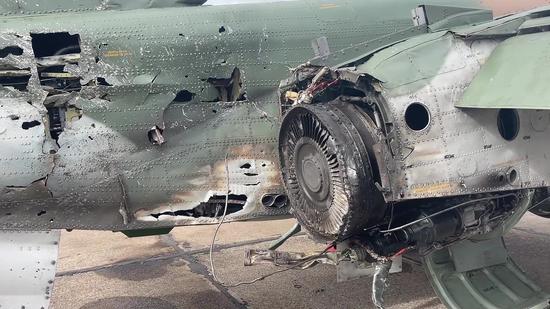
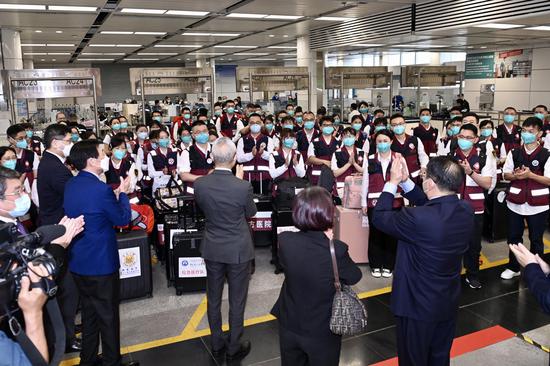
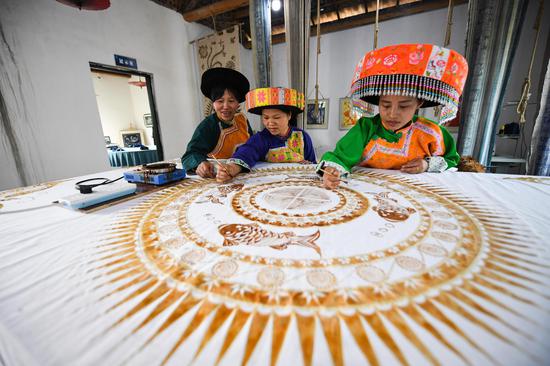



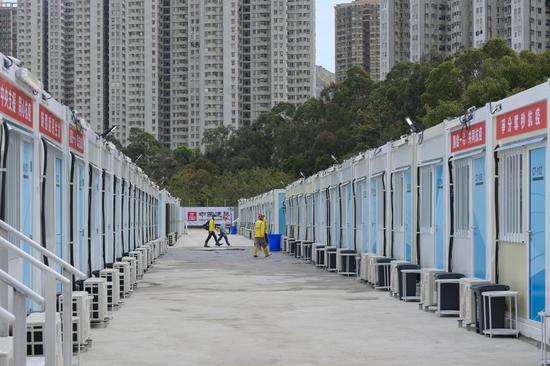





 京公網安備 11010202009201號
京公網安備 11010202009201號